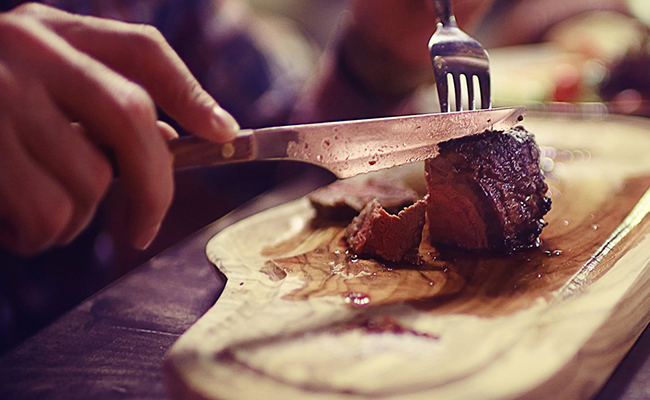For anyone passionate about cooking, mastering the art of cutting vegetables isn’t just a skill; it’s a rite of passage. Carrots are among the most common ingredients in recipes, and knowing how to cut carrots with a knife will elevate your culinary creations. Whether you’re aiming for perfectly even slices or restaurant-grade julienne, this guide will walk you through it all, blending safety, technique, and tips from professionals.

Why Cutting Carrots Properly Matters
Precision goes beyond aesthetics; it ensures even cooking and enhances the final presentation. If you’ve ever wondered why your stir-fry has undercooked chunks or why your soup seems oddly textured, the answer might lie in your knife skills. Mastering how to cut carrots with a knife will transform your cooking experience and save you precious kitchen time.
What You’ll Need Before You Begin
Before diving into the actual cutting techniques, set yourself up for success by gathering these essentials:
- Sharp knife: A chef’s knife is ideal, but a paring knife works for smaller pieces.
- Cutting board: Opt for a durable, non-slip board to prevent accidents.
- Vegetable peeler: While optional, peeling makes your carrots neater and cleaner.
- Clean carrots: Wash thoroughly. Peeling is recommended but not always necessary.
Step-by-Step Guide for Cutting Carrots
1. Start with Safety
Safety always comes first in the kitchen. Using a sharp knife minimizes the risk of slips, as dull knives require more pressure and can lead to accidents. Familiarize yourself with basic knife-safety guidelines to ensure a risk-free experience.
2. Positioning the Carrot
Lay the carrot flat on a cutting board. If it rolls, slice a thin piece off the bottom to create stability. This makes the carrot easier and safer to manage while cutting.
3. Types of Cuts You Can Try
- 1. Rounds: Slice across the carrot to make thin or thick circular discs. Perfect for soups or garnishes.
- 2. Julienne: Thin, matchstick-sized strips ideal for stir-fry dishes.
- 3. Dicing: Cut the carrot into uniform cubes for stews or casseroles.
- 4. Bias Cut: Cut at a 45-degree angle for aesthetically pleasing, elongated slices often used in salads.
4. How to Create a Perfect Julienne
Start by slicing the carrot into 2-3-inch long sections. Then, cut these into thin planks and stack them. Slice the stacks lengthwise into thin strips. You’ve now learned how to cut carrots with a knife to achieve that sought-after julienne cut.
Common Mistakes to Avoid
- Don’t apply too much pressure; let the knife do the work.
- Ensure the knife is sharp. Blunt tools are more dangerous.
- Avoid overcrowding your cutting area, as spacing helps with precision.
Innovative Uses for Carrot Cuts
Did you know that how you cut your carrots can stir creativity? Here’s how:
- Rounds: Use them to decorate salads and soups or to create carrot chips (read this handy guide).
- Julienne: These strips are ideal for garnishing your dishes.
- Bias or Oblique Cuts: Perfect for roasting with a touch of olive oil and herbs.
Cleaning and Maintaining Your Knife
Your knife is your most valuable kitchen tool. Keep it clean and well-maintained by washing it immediately after use. Dry the blade instantly to prevent rusting. For additional resources on how to handle knives safely in the kitchen, check out this external link.
FAQs
1. Can I use a small knife to cut carrots?
Yes, but it may be more challenging to achieve precise cuts. A chef’s knife is recommended for complete control.
2. Should I peel carrots before cutting them?
Peeling is optional. For recipes where presentation counts, its a good idea. Otherwise, washing thoroughly should suffice.
3. How can I safely handle a knife?
Ensure the knife is sharp and always cut away from yourself. Hold the food securely with a claw grip on your less dominant hand.

Conclusion
Knowing how to cut carrots with a knife is a tremendous game-changer for kitchen enthusiasts, home cooks, and professional chefs alike. It’s not just about the cut; it’s about the confidence you’ll gain and the refinement you’ll bring to your culinary creations. Practice these steps, avoid common pitfalls, and experience the joy of perfectly cut carrots.
This article contains affiliate links. We may earn a commission at no extra cost to you.


